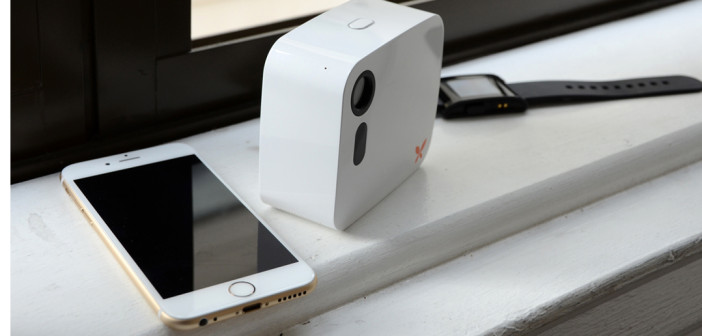21 billion IoT devices to ship with embedded real time operating systems by 2022
IoT faces new computing challenges, notably with deployment and scaling, and its future will rely in part on using embedded real time operating systems (RTOS), which support many IoT application features, such as small size, constrained processing resources, low power consumption, limited maintenance, and real time computing. ABI Research forecasts 21 billion IoT devices will ship with embedded RTOS by 2022.
“The tremendous expansion of the IoT revived the embedded RTOS market, with open source platforms springing up rapidly to jostle long established proprietary players,” said Michela Menting, research director at ABI Research. “While industrial demand for RTOS has a decade-long history, the development of new IoT applications in other segments, such as consumer, digital home, connected car, and smart cities, jolted demand for embedded RTOS.”
Supported by greater MCU capabilities and lowering price points, the embedded RTOS market is expanding rapidly. Some of the most high profile and innovative RTOS currently on the market include µC/OS, FreeRTOS, Integrity RTOS, mbed OS, MEOS, MQX RTOS, Nucleus RTOS, PikeOS, QNX, RIOT OS, ThreadX, VxWorks, and Zephyr. Many open source operating systems popular with the IoT are increasingly adding real time capabilities to compete in this lucrative market. Currently, the embedded RTOS market is highly fragmented, with hundreds of different platforms available.
“RTOS shows immense promise in terms of flexibility and application for all kinds of new IoT markets,” concluded Menting. “Although developers will need to tackle issues of interoperability and standardisation to realise its full potential.”





